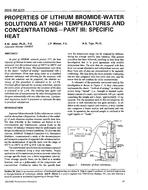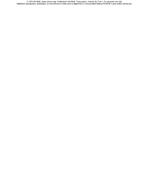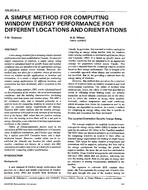Modern building materials, once moistened, may provide ecological niches for various microbes that have not been well characterized. The aim of this study was to determine which fungal genera are associated with moisture-damaged building material by systemically describing fungal flora in the materials. Concentrations and fungal genera were determined from 1140 visibly damaged samples of building material consisting of wood, paper, nonwooden building boards, ceramic products, mineral insulation materials, paints and glues, and plastics. Differences in prevalence of fungal genera or groups of genera were observed between different building materials. A rich variety of genera were found typically in wooden building materials, with Penicillium and yeasts occurring most frequently in samples. In paper materials, a clear difference to wood was the more frequent occurrence of Cladosporium and Stachybotrys. The most distinctive finding in gypsum boards was the common occurrence of Stachybotrys. Ceramic products and paints and glues seemed to favor the growth of Acremonium and Aspergillus versicolor. This study confirms that microbial growth occurs in different types of building material and shows associations between fungal genera and material types.
Authors: Anne HyvÃÂrinen, Teija Meklin, Asko VepsÃÂlÃÂinen, Aino Nevalainen, Ph.D.
Citation: Indoor Air Quality 2001 Moisture, Microbes, and Heath Effects: Indoor Air Quality and Moisture in Buildings Conference Papers
Keywords: November, California, 2001, IAQ
Citation: IAQ Conference: IAQ 2001
Product Details
- Published:
- 2001
- File Size:
- 1 file , 300 KB
- Product Code(s):
- D-8161


